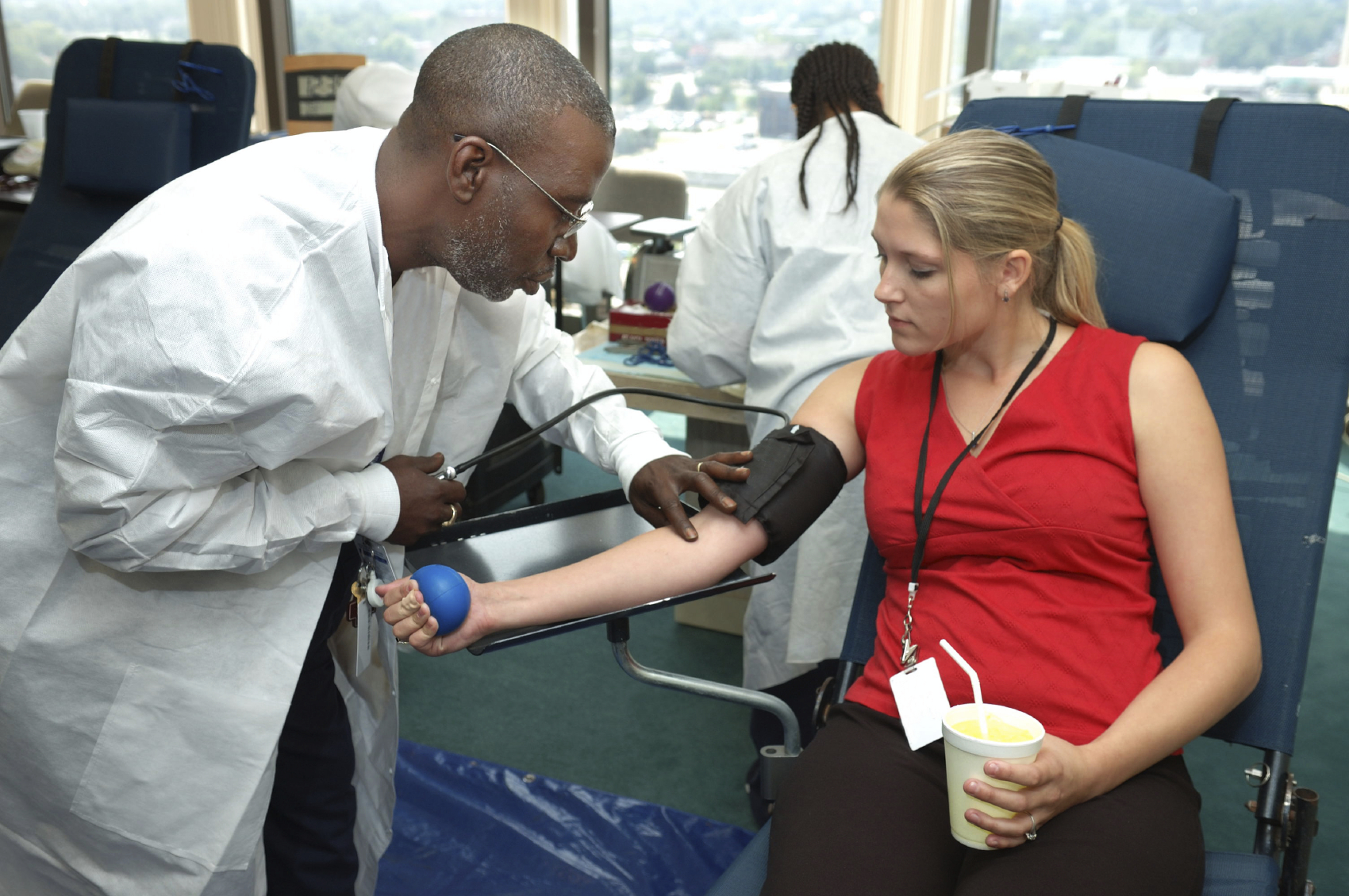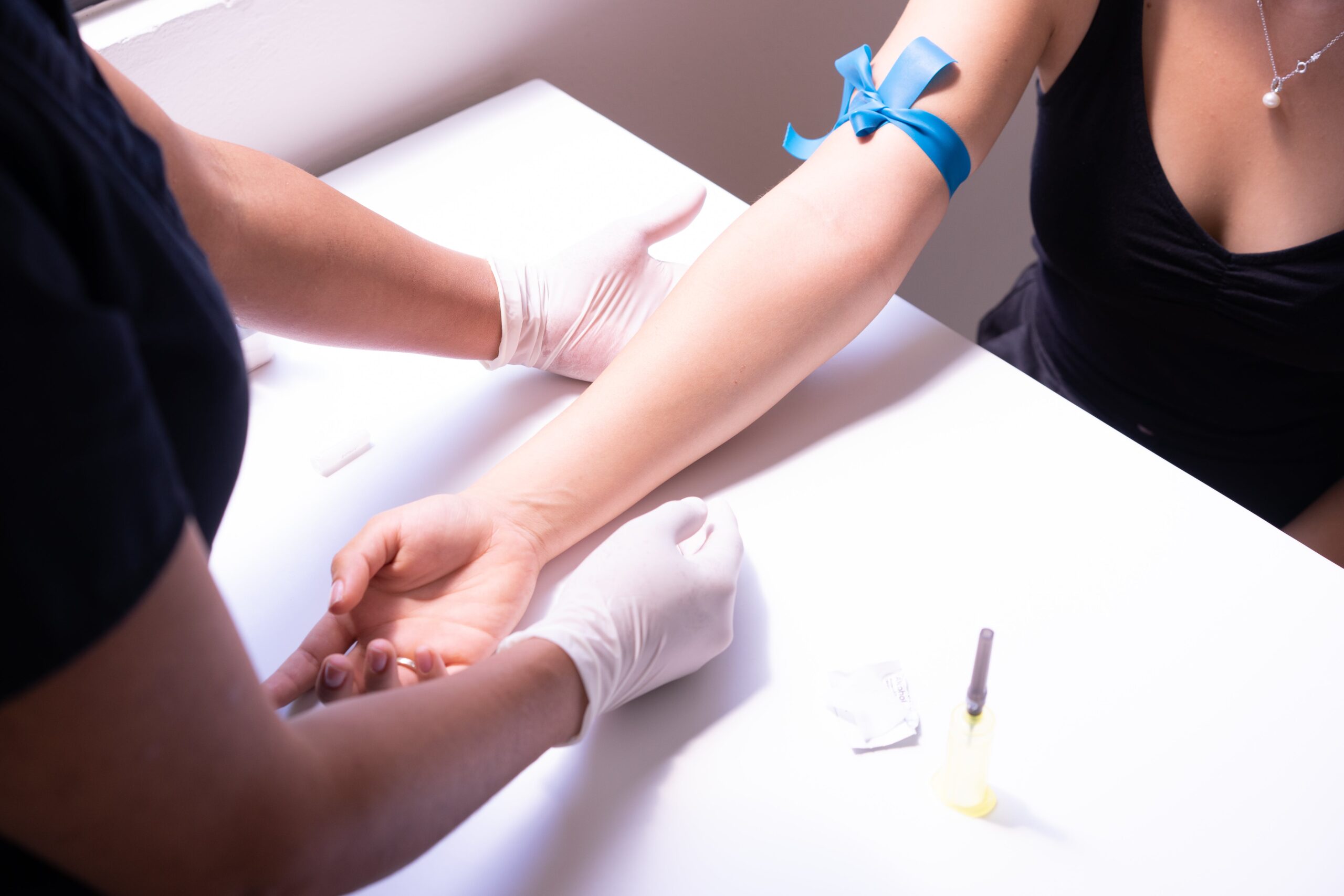Some Ideas on Northeast Medical Institute - New Haven Campus Phlebotomy Course & Cna Class You Should Know
Some Ideas on Northeast Medical Institute - New Haven Campus Phlebotomy Course & Cna Class You Should Know
Blog Article
3 Easy Facts About Northeast Medical Institute - New Haven Campus Phlebotomy Course & Cna Class Shown
Table of ContentsSome Ideas on Northeast Medical Institute - New Haven Campus Phlebotomy Course & Cna Class You Should KnowThe Single Strategy To Use For Northeast Medical Institute - New Haven Campus Phlebotomy Course & Cna ClassNortheast Medical Institute - New Haven Campus Phlebotomy Course & Cna Class Can Be Fun For AnyoneWhat Does Northeast Medical Institute - New Haven Campus Phlebotomy Course & Cna Class Mean?The Ultimate Guide To Northeast Medical Institute - New Haven Campus Phlebotomy Course & Cna ClassNortheast Medical Institute - New Haven Campus Phlebotomy Course & Cna Class Fundamentals Explained
The usage of such gadgets ought to be come with by various other infection avoidance and control practices, and training in their usage.For setups with reduced resources, cost is a driving factor in purchase of safety-engineered gadgets. Where safety-engineered tools are not available, proficient usage of a needle and syringe is acceptable.
One of the essential markers of high quality of treatment in phlebotomy is the involvement and participation of the patient; this is mutually helpful to both the health and wellness employee and the person. Clear information either composed or verbal should be offered to every client that undergoes phlebotomy. Annex F supplies example message for describing the blood-sampling procedure to an individual. In the blood-sampling area for an outpatient division or facility, offer a comfortable reclining couch with an arm remainder.
The Greatest Guide To Northeast Medical Institute - New Haven Campus Phlebotomy Course & Cna Class
Make certain that the indicators for blood sampling are plainly specified, either in a created protocol or in documented guidelines (e.g. in a lab form). In any way times, adhere to the techniques for infection prevention and control noted in Table 2.2. Infection avoidance and control techniques. Gather all the tools required for the treatment and location it within secure and very easy reach on a tray or trolley, guaranteeing that all the items are plainly noticeable.
Present on your own to the patient, and ask the client to specify their complete name. Check that the lab form matches the individual's identification (i.e. match the patient's information with the lab kind, to ensure accurate recognition).
Make the patient comfy in a supine setting (preferably). Location a tidy paper or towel under the person's arm. Review the examination to be executed (see Annex F) and acquire verbal consent. The client has a right to decline an examination at any moment before the blood sampling, so it is necessary to ensure that the person has understood the treatment.
Fascination About Northeast Medical Institute - New Haven Campus Phlebotomy Course & Cna Class
Expand the client's arm and evaluate the antecubital fossa or forearm. Locate a vein of an excellent size that shows up, straight and clear. The diagram in Section 2.3, shows usual placements of the vessels, but several variations are feasible. The average cubital blood vessel exists in between muscle mass and is usually one of the most very easy to pierce.
DO NOT place the needle where blood vessels are drawing away, because this boosts the opportunity of a haematoma. The capillary must show up without using the tourniquet. Locating the vein will aid in identifying the correct size of needle. Use the tourniquet about 45 finger widths over the venepuncture site and re-examine the vein.
Haemolysis, contamination and presence of intravenous liquid and medication can all modify the results (39. Nursing staff and medical professionals might access central venous lines for specimens complying with methods. Nonetheless, samplings from main lines carry a danger of contamination or wrong laboratory test outcomes (https://linktr.ee/northeastmed). It is acceptable, yet not suitable, to injure specimens when first introducing an in-dwelling venous device, before attaching the cannula to the intravenous liquids.
Not known Details About Northeast Medical Institute - New Haven Campus Phlebotomy Course & Cna Class
Permit the area to completely dry. Failing to allow sufficient call time raises the danger of contamination. DO NOT touch the cleaned site; in specific, DO NOT position a finger over the capillary to direct the shaft of the exposed needle. It the site is touched, repeat the disinfection. Perform venepuncture as complies with.
Ask the person to create a fist so the blood vessels are extra popular. Get in the blood vessel promptly at a 30 degree angle or less, and proceed to present the needle along the vein at the most convenient angle of access - Phlebotomy Training. Once sufficient blood has been accumulated, launch the tourniquet prior to taking out the needle
Northeast Medical Institute - New Haven Campus Phlebotomy Course & Cna Class Fundamentals Explained
Take out the needle carefully and apply gentle stress to the website with a tidy gauze or dry cotton-wool round. Ask the person to hold the gauze or cotton woollen in location, with the arm extended and raised. Ask the person NOT to bend the arm, because doing so creates a haematoma.

Fascination About Northeast Medical Institute - New Haven Campus Phlebotomy Course & Cna Class
Do not press the syringe plunger because additional pressure increases the danger of haemolysis. Where possible, keep televisions in a rack and move the shelf towards you. Infuse downwards into the appropriate coloured stopper. DO NOT get rid of the stopper because it will certainly launch the vacuum cleaner. If the sample tube does not have a rubber stopper, infuse incredibly gradually into television as minimizing the stress and velocity utilized to transfer the specimen reduces the danger of haemolysis.

Report this page